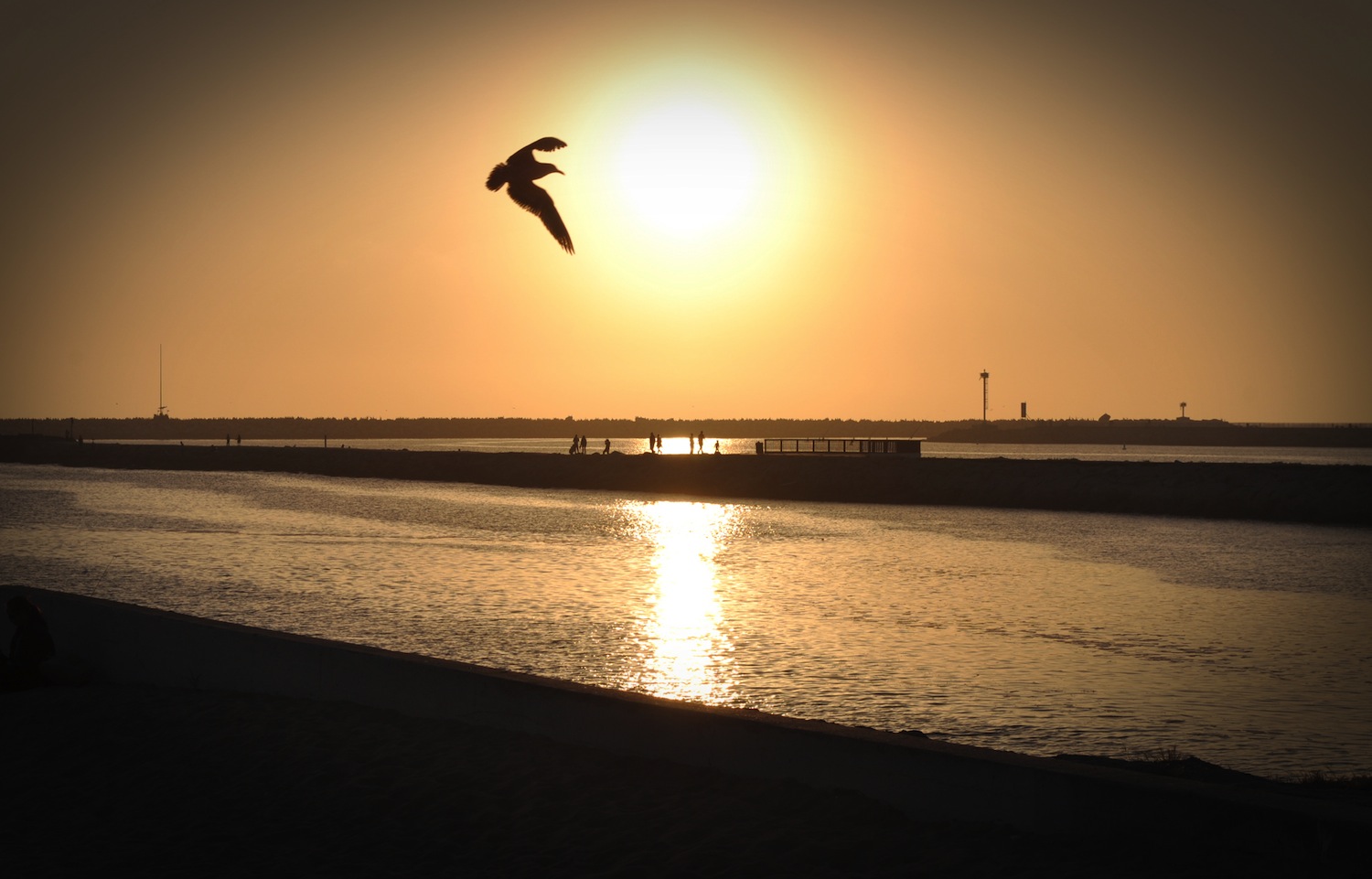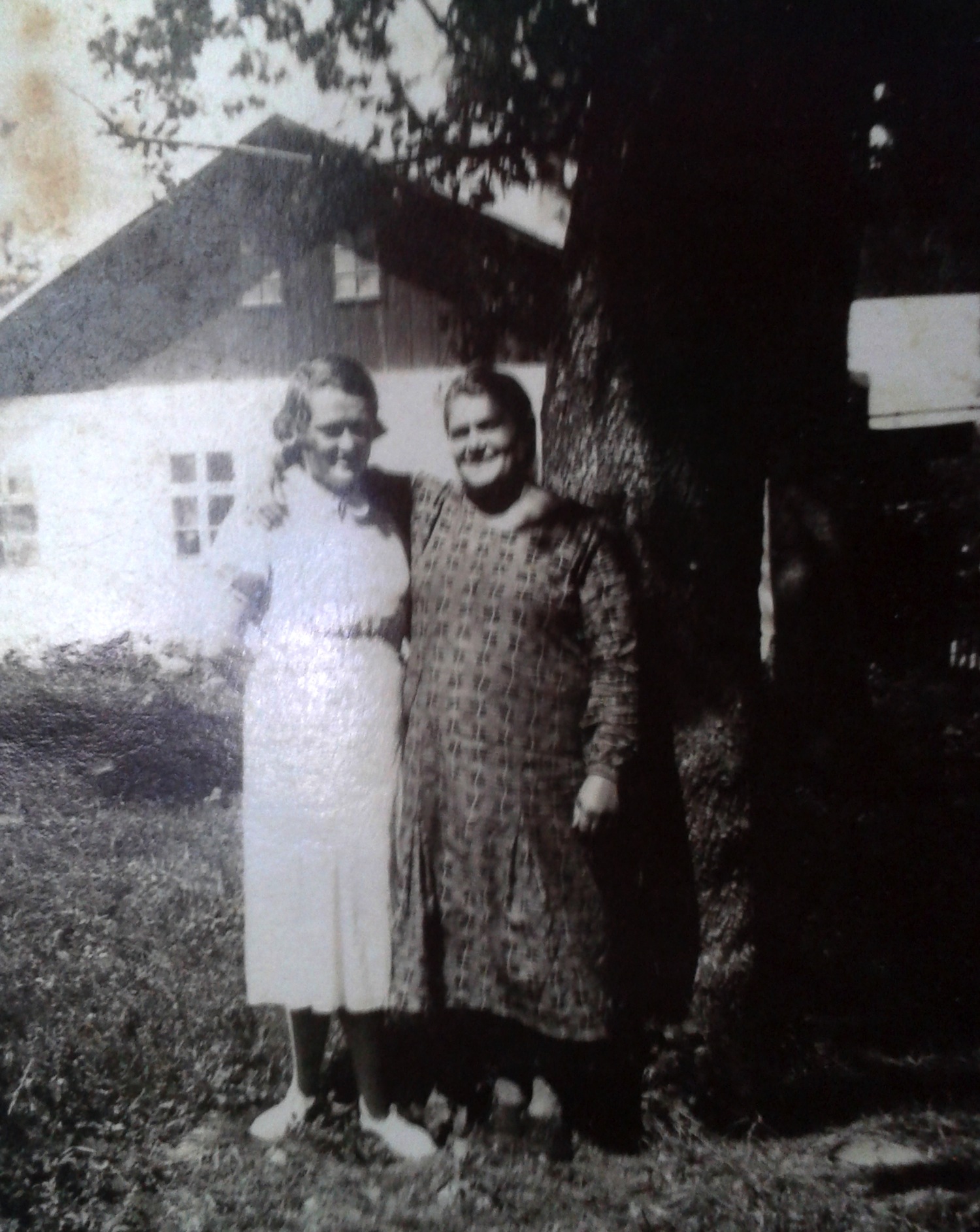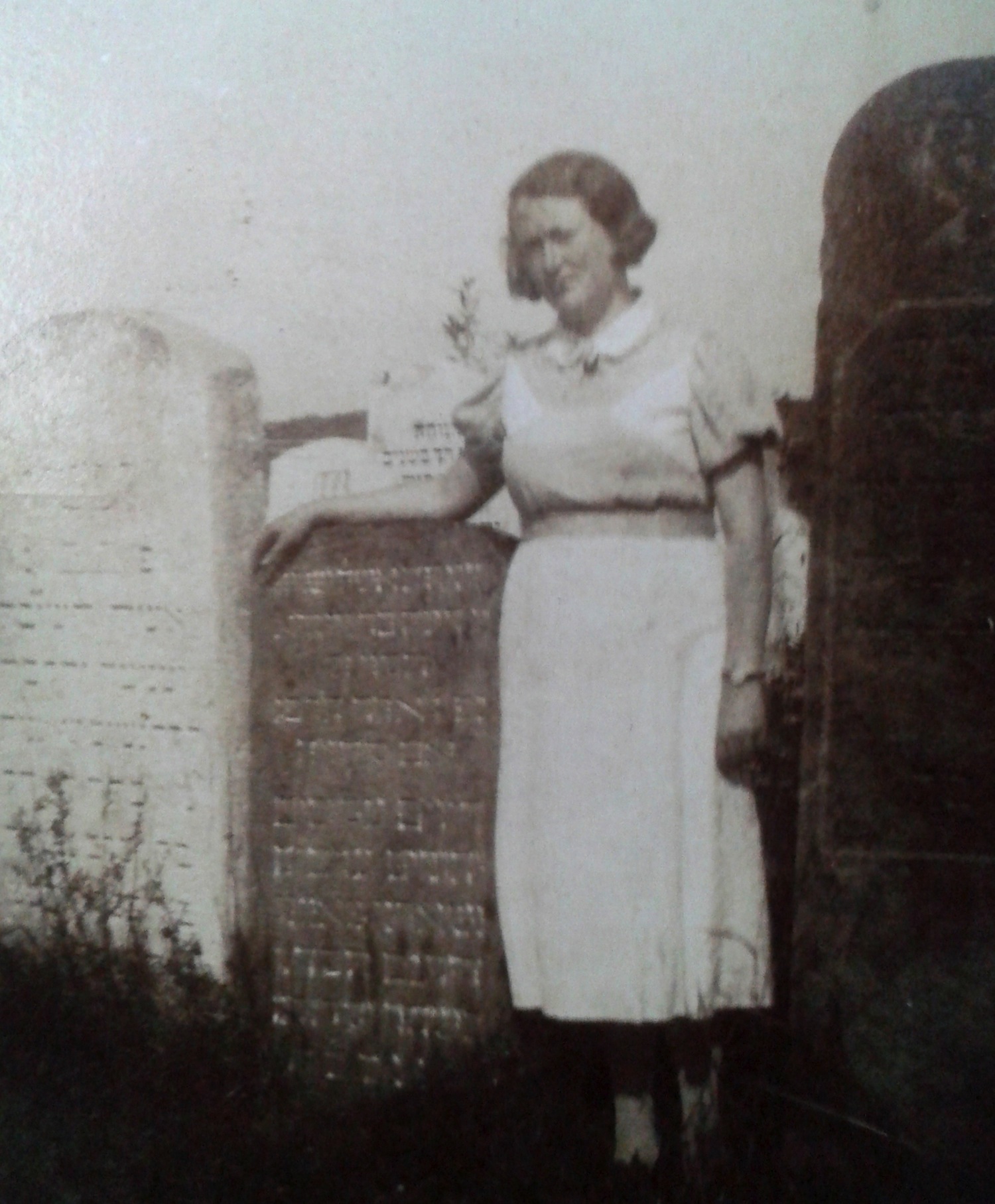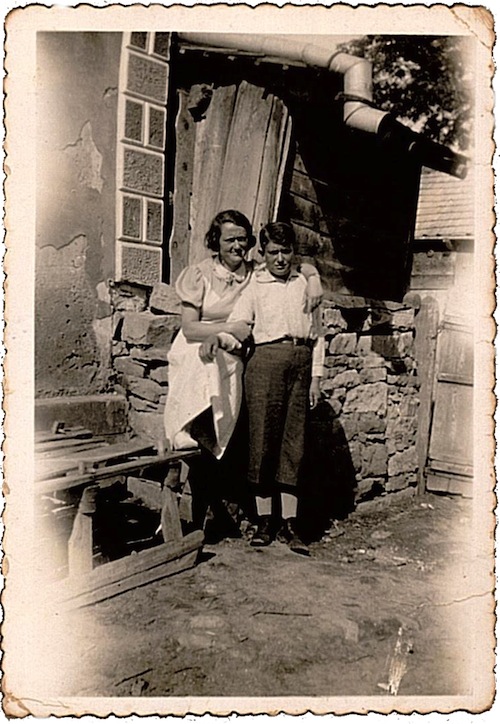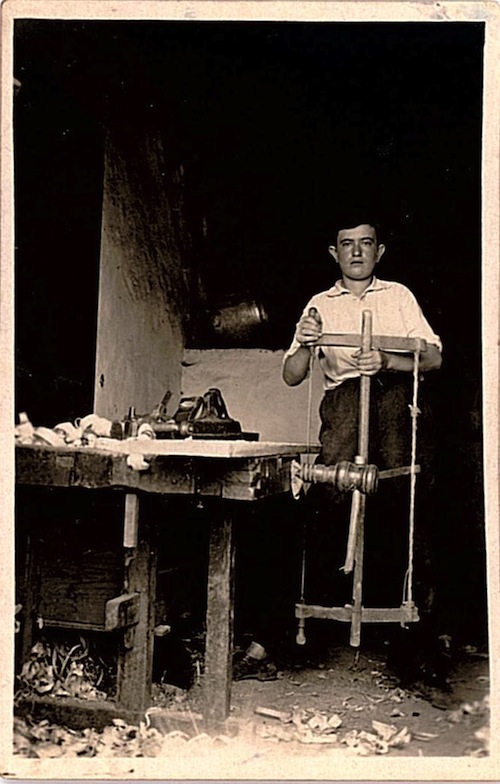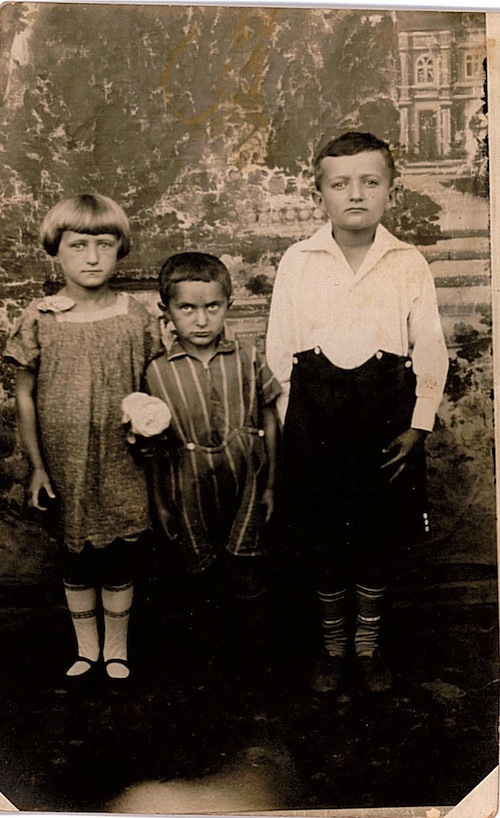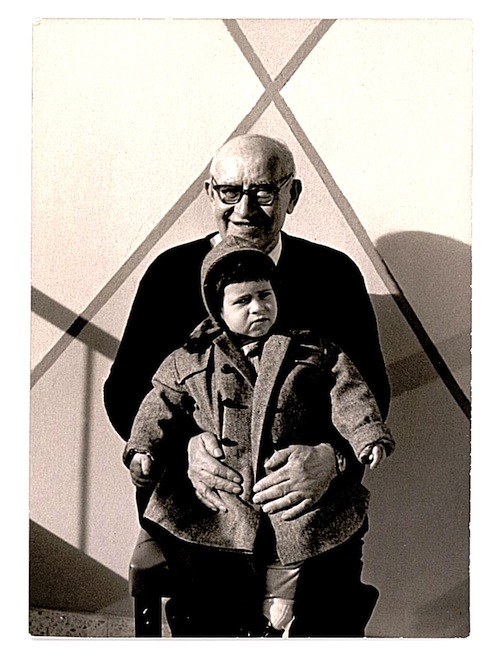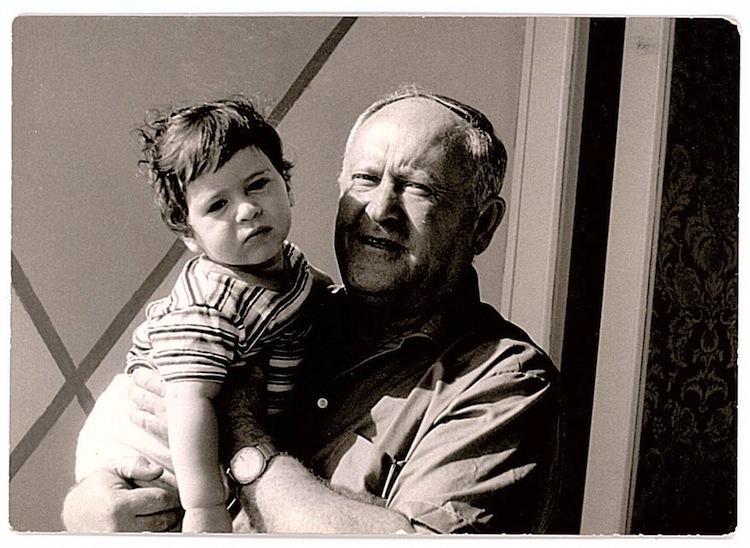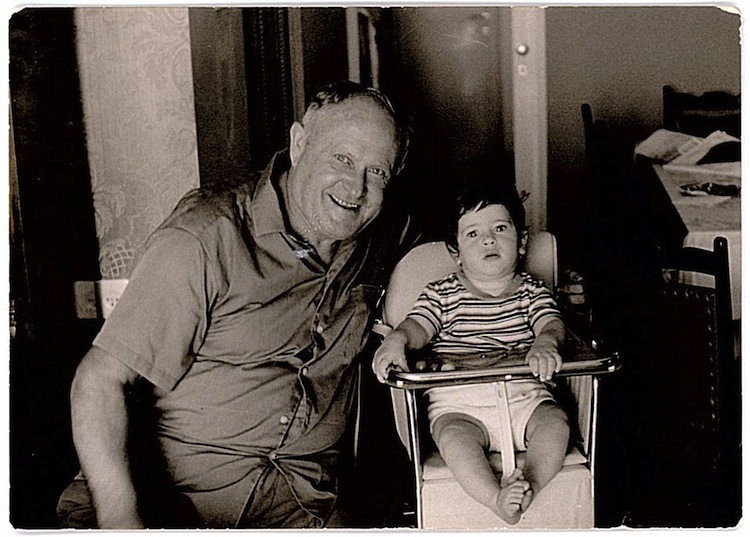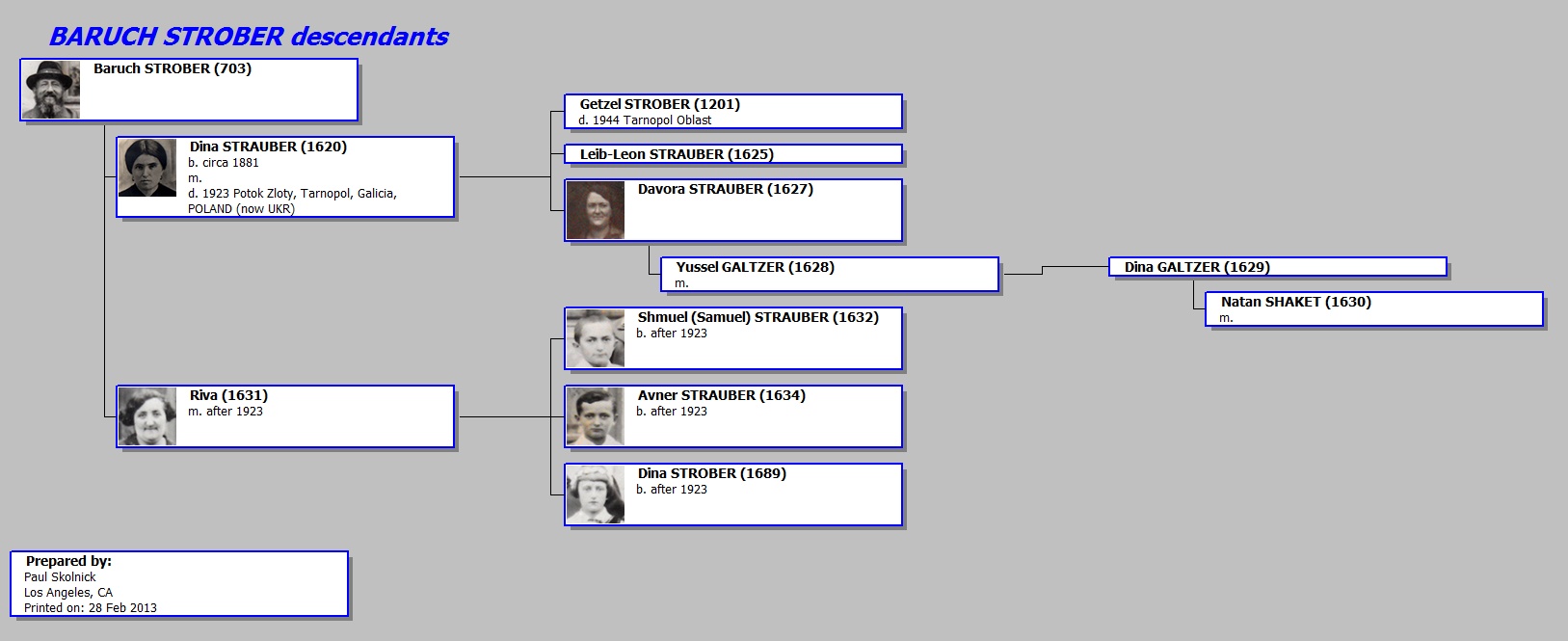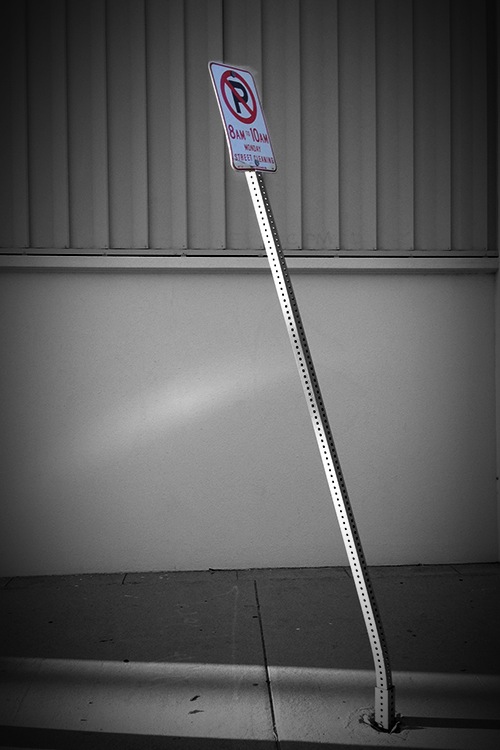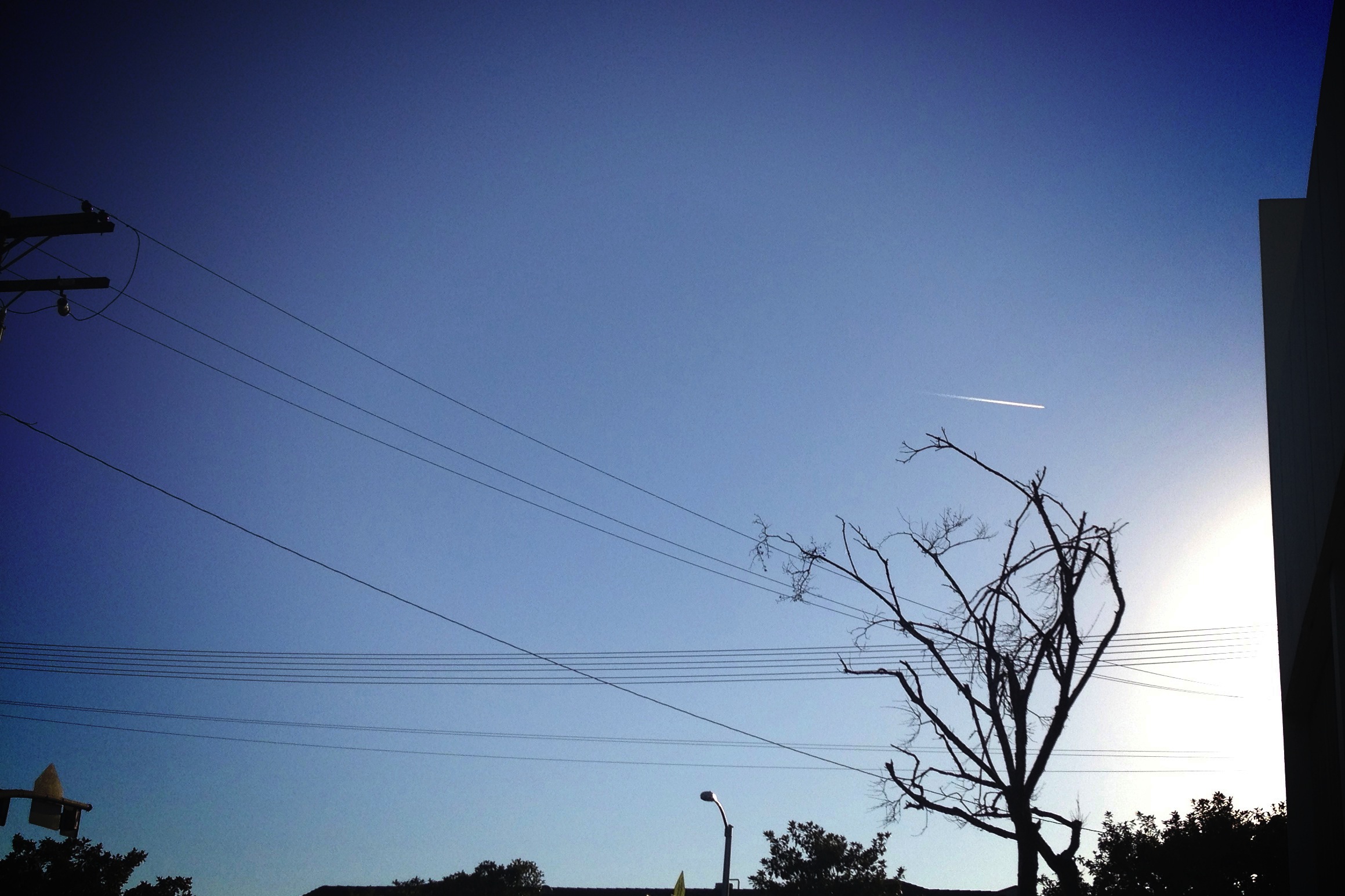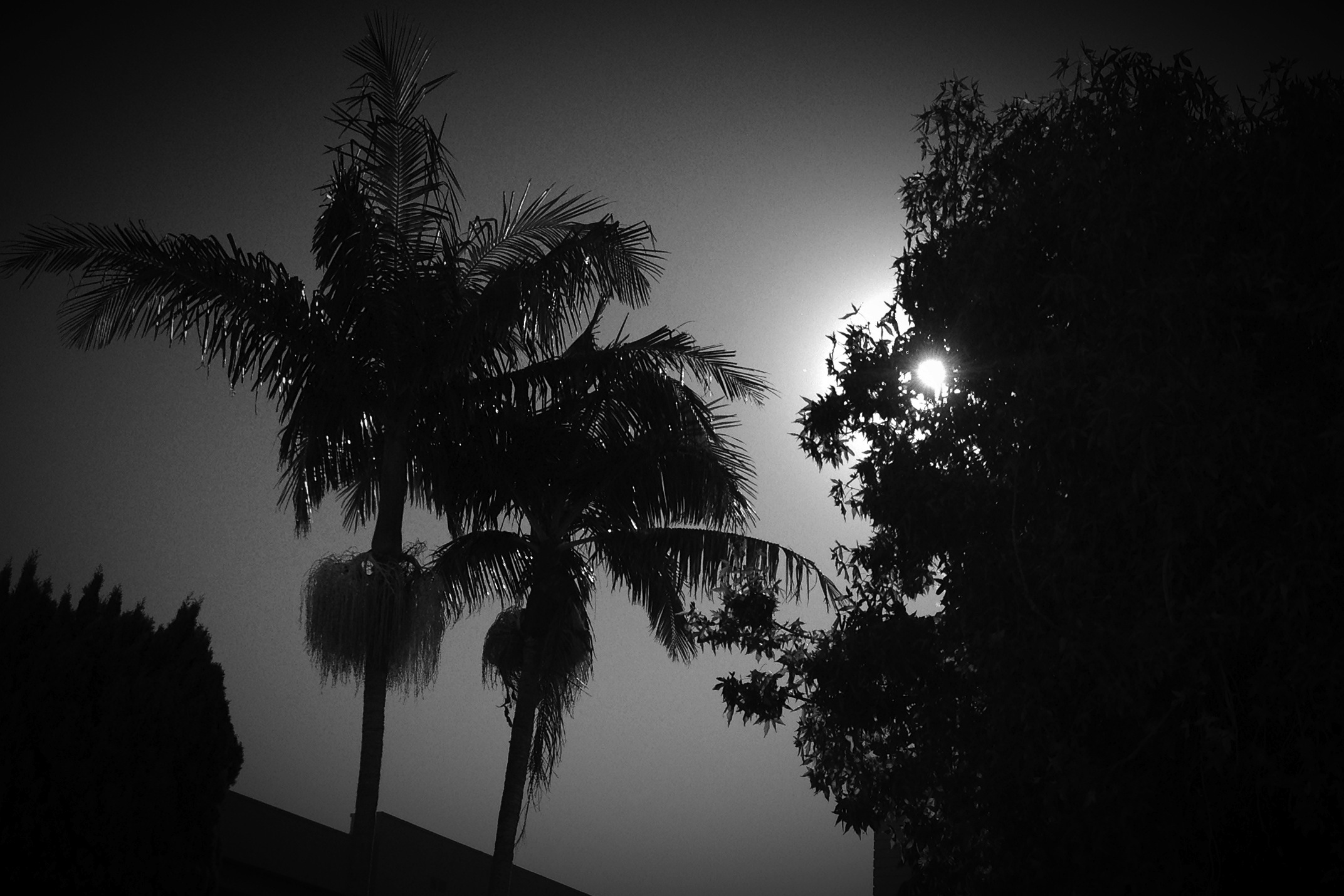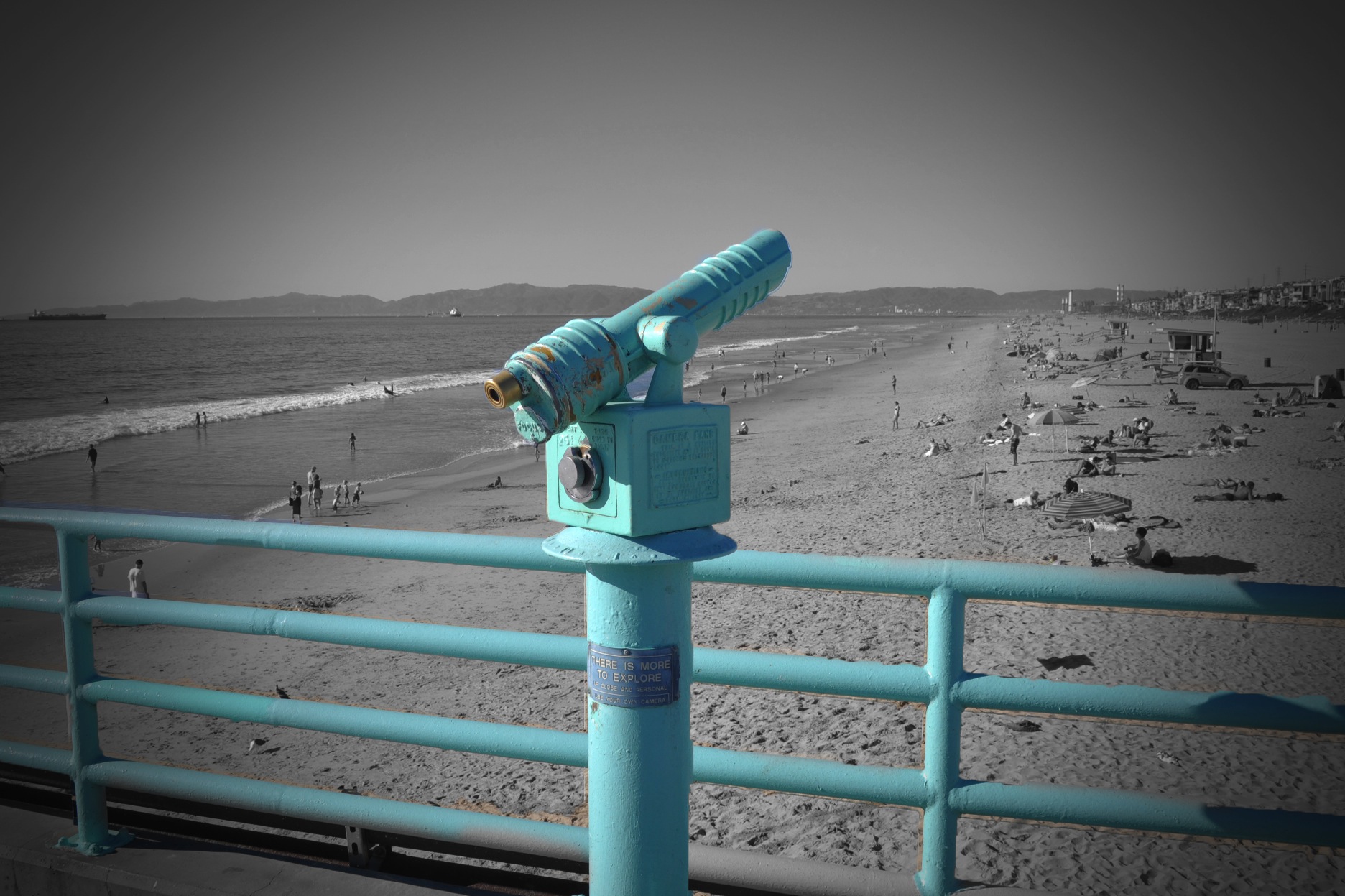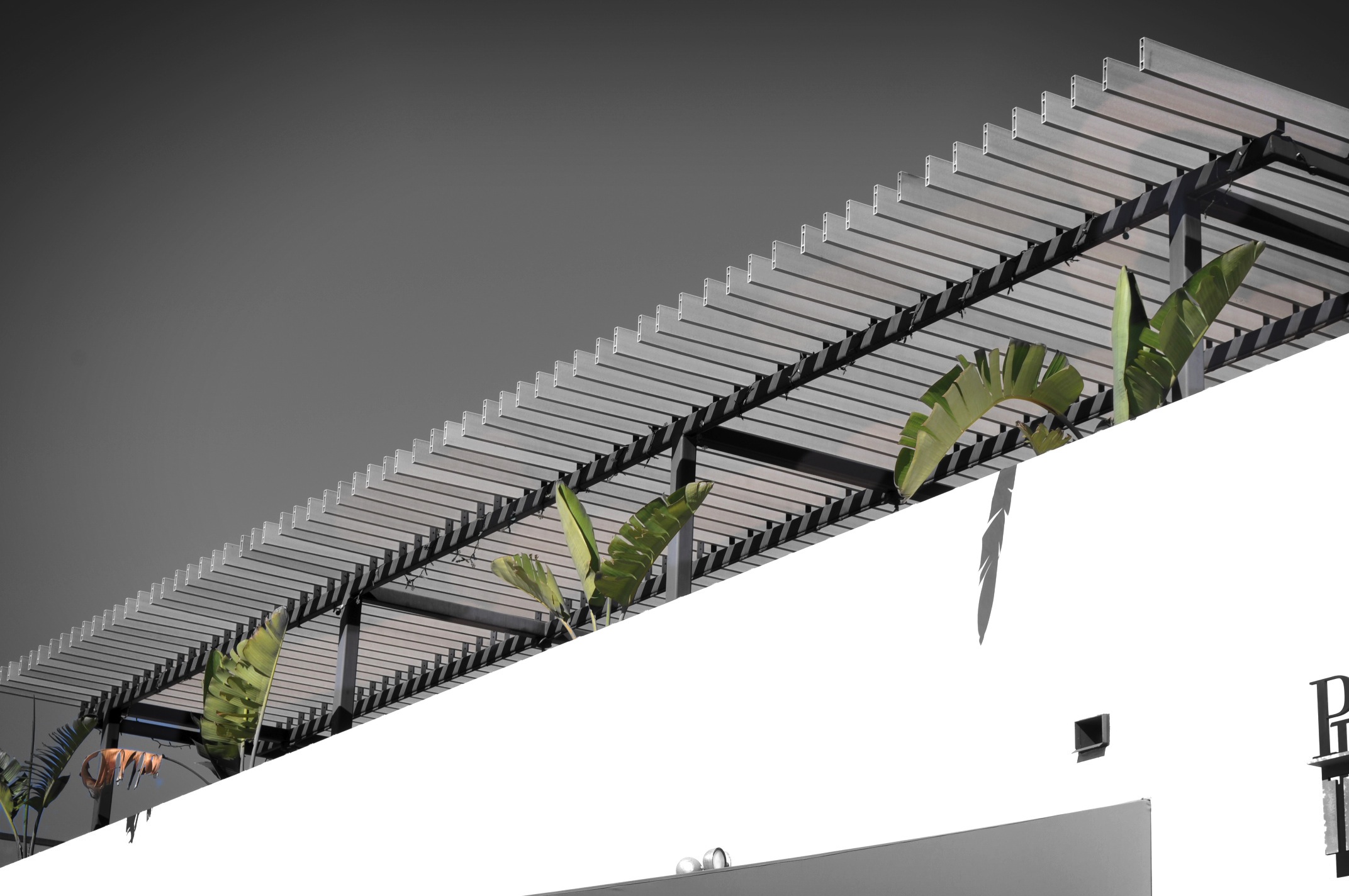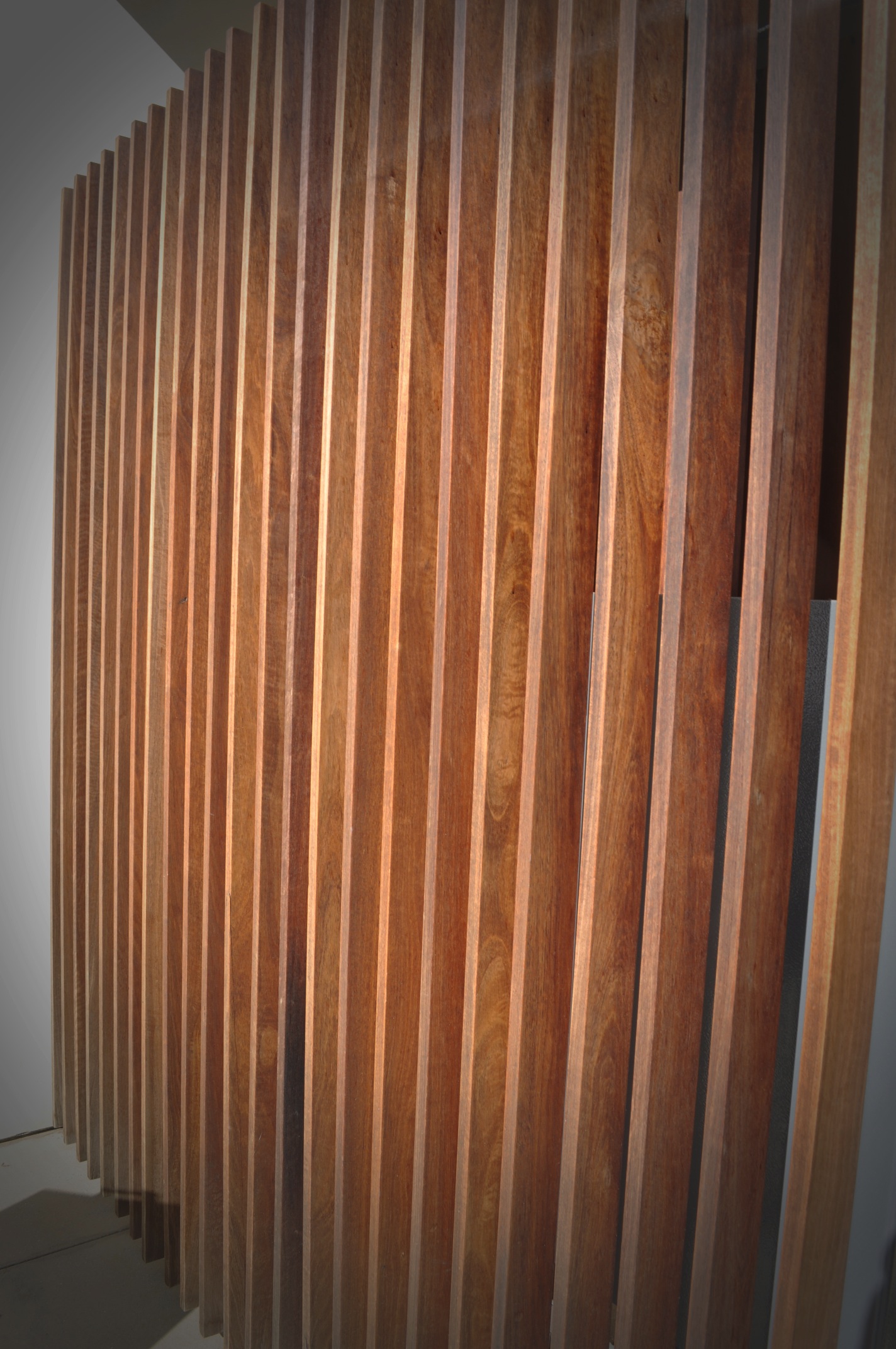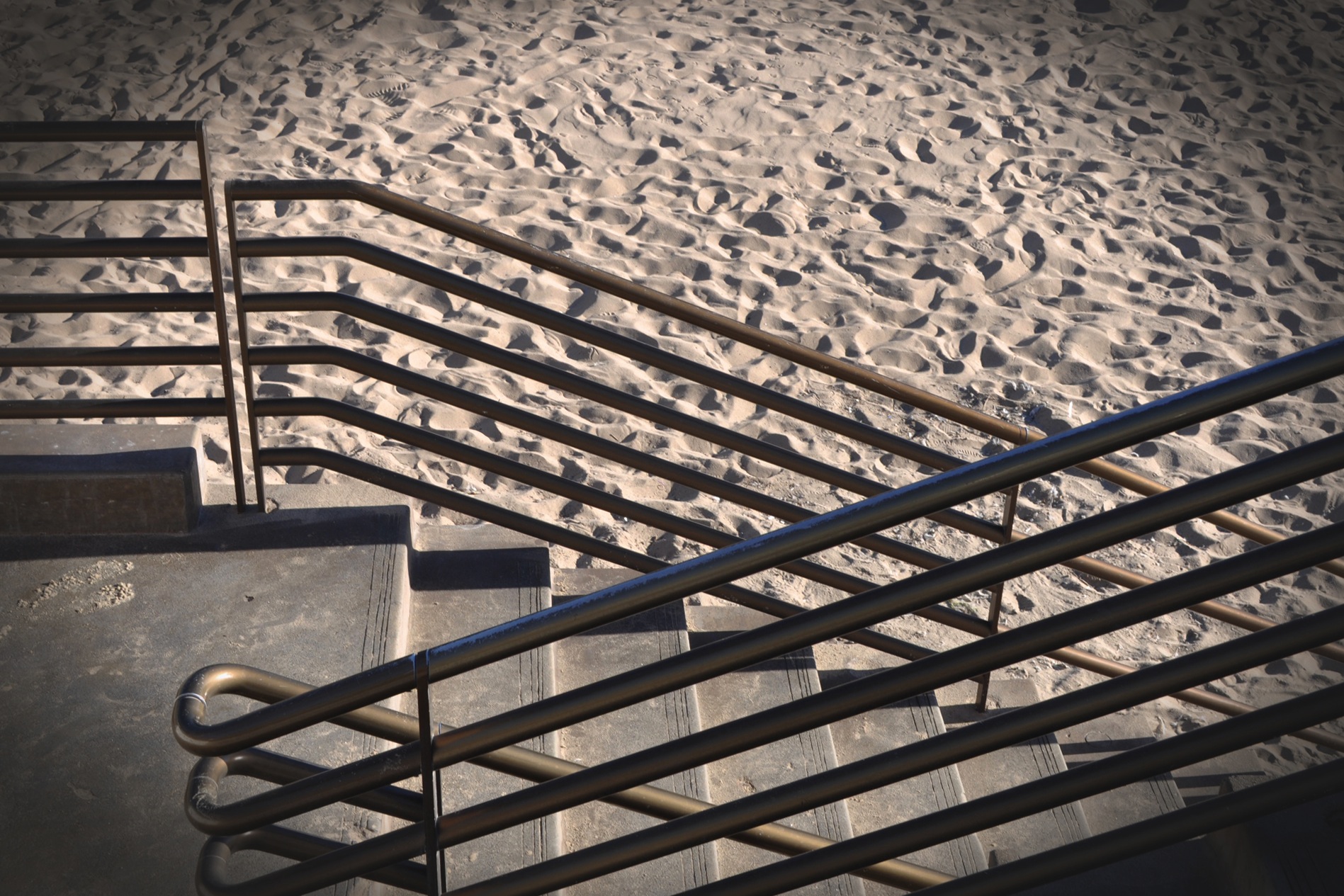I was surprised overnight by an email from Dina Shaket in Israel. Dina is another member of the far-flung Strauber-Strober-Struber family. Her email came with three photographs of her direct ancestors in the Old Country, and the promise that there are more photos where these came from.
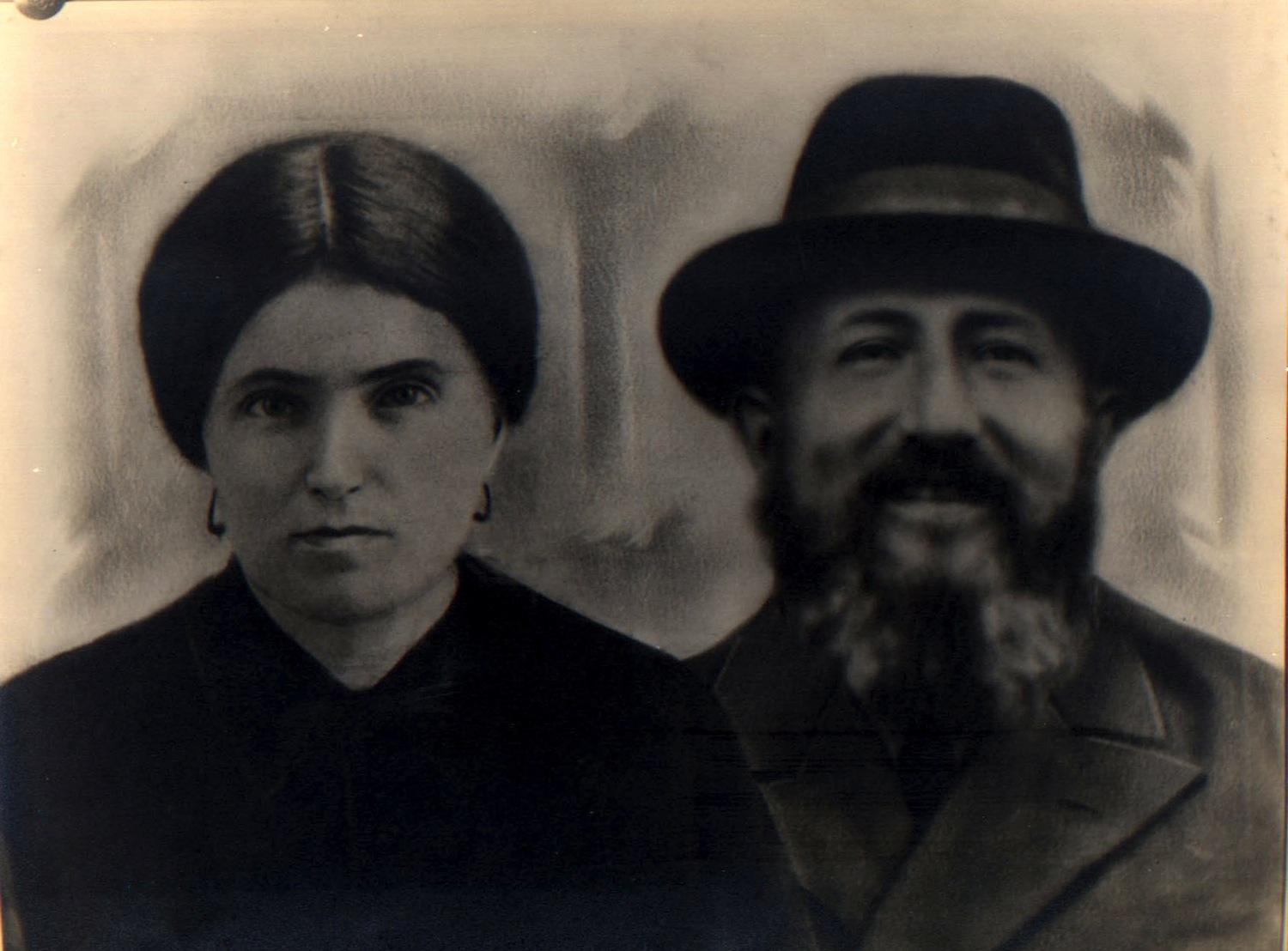
Dina Strauber, daughter of Lev Ari and Raichel Strauber. She was the first wife of Baruch Strober, the son of her uncle Elyakim Getzel Strober and his wife Hudel (Shapiro). Marriage between first cousins was not uncommon in the shtetl in the late 19th and early 20th centuries. The photo appears to be a combination drawing and photo, a technique that in those days was thought to be better than pure photography. (Collection of Dina Shaket.)
The computer-drawn family tree of this branch of the family has not done it justice. The database does not do well with the marriage of first cousins, common as it may once have been, because it can’t figure out under which partner to put the descendants. The work-around for this problem, which is not entirely adequate, is to create a “ghost person,” a placeholder that duplicates an actual person containing a note of where the link should be. The result in this case is that it’s not only the computer getting confused. It’s also anyone who tries to follow the tree.
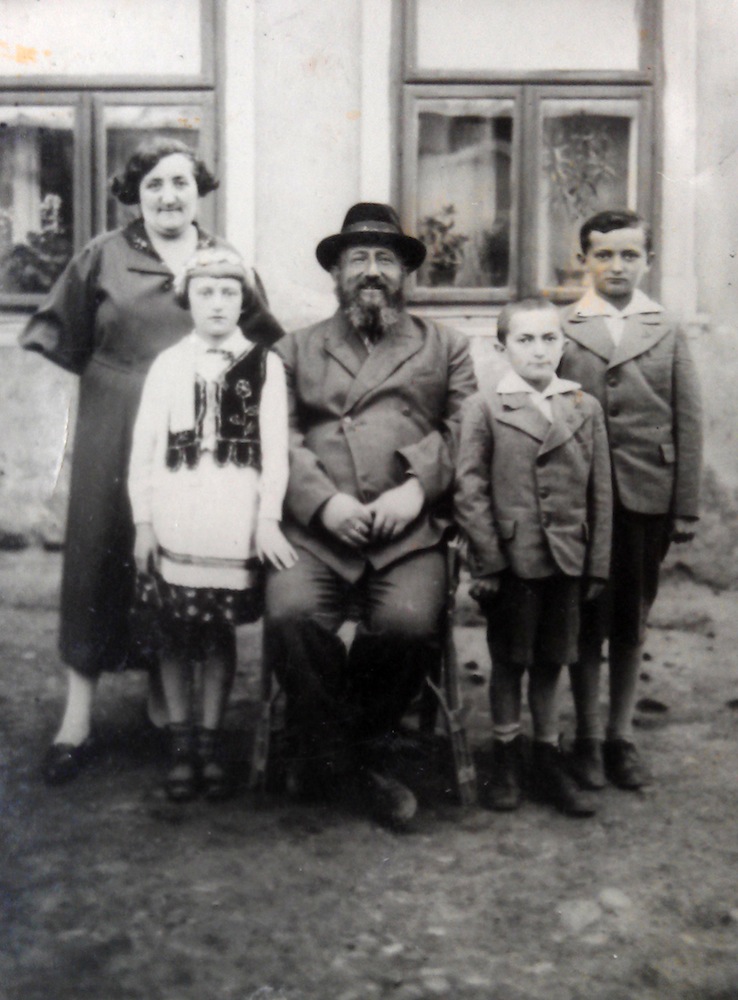
Baruch Strober with his second wife, Riva, and their children, probably sometime between 1925 and 1940, in Potok Zloty, the shtetl now in the western part of Ukraine. (Collection of Dina Shaket.)
It’s difficult to judge what life was like in the shtetl. Were these prosperous people or poor ones? Were they a part of the society in which they lived or were they separate from it? At first glance, this photo shows a building that would be rundown by 21st Century standards. But with its glass windows and stucco walls, it may have been state-of-the-art in 1925 in Eastern Europe. The unpaved street? Well, is it even a street, or was it the land surrounding the house in fall or spring, before the ground had sprouted vegetation?
The clothing they’re wearing is modern, which gives us a clue that Baruch and Riva were probably “modern Orthodox” Jews rather than Hasidim. Conflict between different brands of Judaism were rife at this time in Galicia, which is what this part of Ukraine was called. Many communities were split by theological identity. (Note that Baruch’s head is covered by a hat and he has a trimmed beard. However, his coat appears to be gray rather than the black common among the Hasidim. The boys do not have their heads covered. The girl is wearing a skirt to her knees and a sweater, and the vest may be an indication of attendance at a public school. This was, after all, a time before there was universal education for girls. Riva also appears to be not wearing a wig and her sleeves come to her elbows rather than all the way to her wrists. This would indicate a very liberal orthodox Jewish family.
The photograph gives us clues to how our ancestors lived in the shtetl, but it doesn’t give us answers.
The confused family tree we have so far indicates that Baruch Strober had six children—three with his first wife Dina and three with his second wife, Riva—but it’s entirely possible this information is not correct, or is at the very least incomplete. We’ll have to keep working with Dina and others in this line to figure out who’s who and what the birth order is.
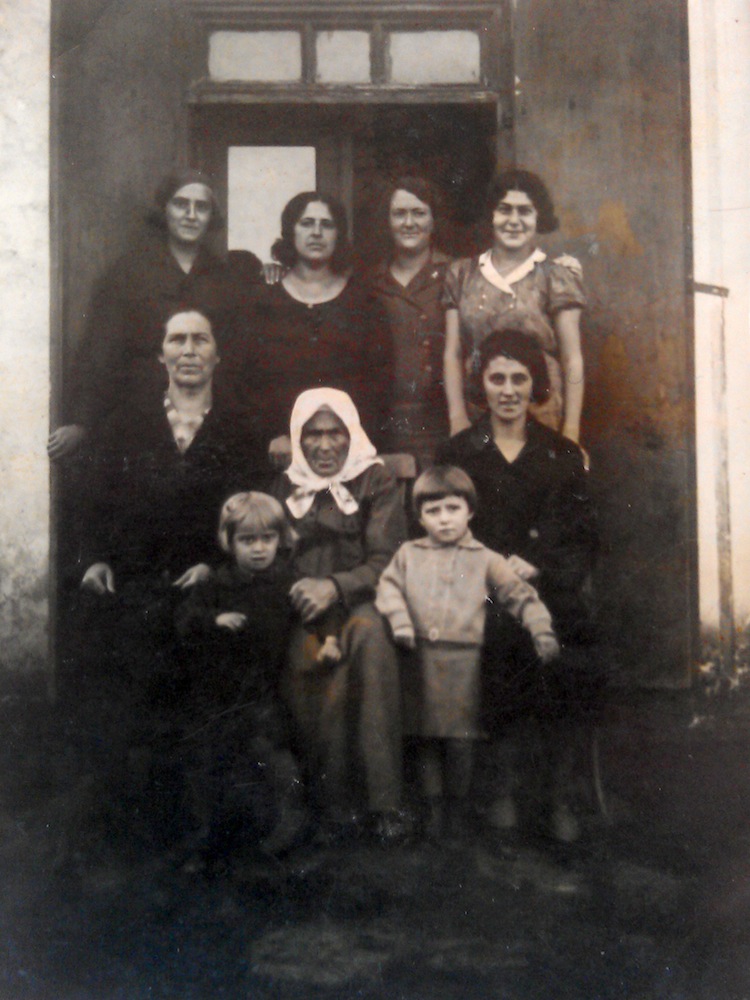
Huddle (Shapiro) Strober, mother of Baruch Strober, in center with her head covered. She’s surrounded by her daughter-in-law Riva, and her grandchildren. (Collection of Dina Shaket.)
The fact that there are photographs at all indicate that the Strobers and Straubers of Potok Zloty were several notches above mere subsistence. It took money in those days to have a camera, to buy film, to have the film processed and printed. And it could very well be, given the symmetrical arrangements of the family, that these pictures were professionally taken at their home. That would have been quite an indulgence in those days.
The third photo in the group Dina sent is a gem of a genealogical link. It shows Huddle (Shapiro) Strober, Baruch’s mother. What makes it a gem is that she was probably born in the middle of the 19th century, which means she was very old by the age standards of that time and place. More than that, though, her photograph links us today back more than a century and a half, from her birth to our Internet-fueled age.
Before Dina’s photos, most of us could only try to imagine what our family looked like before it came to the big cities in so many places in the world. We had some historical photographs to go on, but those were pictures of other people. With these three photos from Dina, we can now look upon our family, our forebears, our ancestors. That makes a huge difference. These are no longer people like us. They are us.
Our understanding of those lines on the family tree is coming slowly—ploddingly, it seems sometimes. But it is coming. What were once just marks on a chart are gaining depth. And they’re also gaining the weight of family links.






